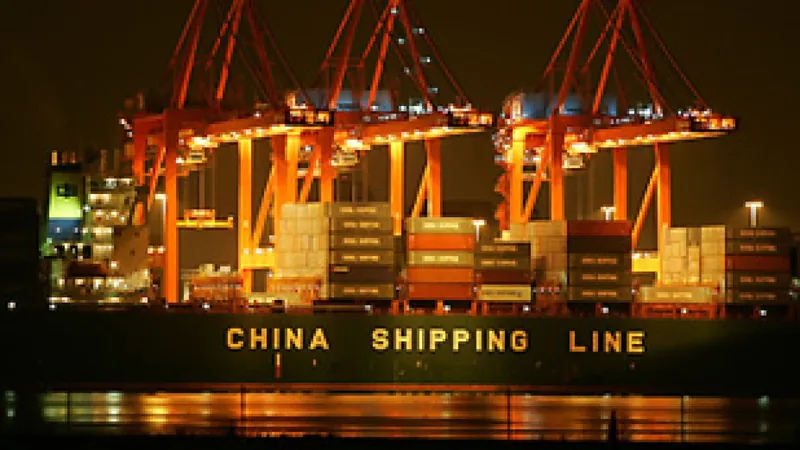
Transforming Undersea Internet Cables into Ocean Sensors: A Breakthrough in Climate Research
2025-07-16
Author: Noah
Revolutionizing Ocean Monitoring
Imagine tapping into a vast network not just for your quick online scrolls but to uncover secrets of the ocean's depths! Researchers are doing just that by utilizing the millions of kilometers of undersea fiber-optic cables that connect our world. These cables, fundamental for our Internet and communications, are now being transformed into powerful sensors that monitor essential changes in ocean conditions, like temperature and pressure.
The Innovative New Tool
Led by scientist Meichen Liu and a collaborative team, a groundbreaking instrument has emerged—consisting of a receiver paired with a microwave intensity modulator stationed on land. This ingenious tool allows the scientific community to harvest valuable data without disrupting the cables' primary role. Their findings are documented in the esteemed Geophysical Research Letters.
How It Works
The intricate network of transcontinental fiber-optic cables features repeaters—devices set every 50 to 100 kilometers that amplify light signals traveling through the cable. These repeaters aren't just functional; they act as integral sensing points. By reflecting a fraction of light back to preceding repeaters, they provide crucial metrics on the cable's integrity.
Unlocking Ocean Secrets
By analyzing these light reflections, researchers can determine variances in light travel times, revealing vital insights into how water conditions change the cable’s shape. This novel instrument allows scientists to glean information such as daily and weekly temperature fluctuations and tide shifts, offering a deeper understanding of ocean dynamics.
Breaking New Ground in Cost-Efficiency
Traditionally, using telecom cables for sensing required high-end technology, like ultrastable lasers, but this new method employs cost-effective nonstabilized lasers, making ocean monitoring more accessible than ever before.
Real-World Testing on EllaLink
The innovative instrument underwent rigorous testing over 77 days in the summer of 2024 on the EllaLink cable, which stretches between Portugal and Brazil and consists of 82 subsections. The research illuminated how environmental changes, like temperature and tides, caused the cable to stretch and contract, leading to measurable shifts in the light signals.
A New Era of Ocean Research
With this pioneering work, the scientific community has taken a monumental step toward enhancing our understanding of ocean circulation, climate change, and even natural disasters like tsunamis—all while leveraging the existing digital infrastructure that connects us.









 Brasil (PT)
Brasil (PT)
 Canada (EN)
Canada (EN)
 Chile (ES)
Chile (ES)
 Česko (CS)
Česko (CS)
 대한민국 (KO)
대한민국 (KO)
 España (ES)
España (ES)
 France (FR)
France (FR)
 Hong Kong (EN)
Hong Kong (EN)
 Italia (IT)
Italia (IT)
 日本 (JA)
日本 (JA)
 Magyarország (HU)
Magyarország (HU)
 Norge (NO)
Norge (NO)
 Polska (PL)
Polska (PL)
 Schweiz (DE)
Schweiz (DE)
 Singapore (EN)
Singapore (EN)
 Sverige (SV)
Sverige (SV)
 Suomi (FI)
Suomi (FI)
 Türkiye (TR)
Türkiye (TR)
 الإمارات العربية المتحدة (AR)
الإمارات العربية المتحدة (AR)